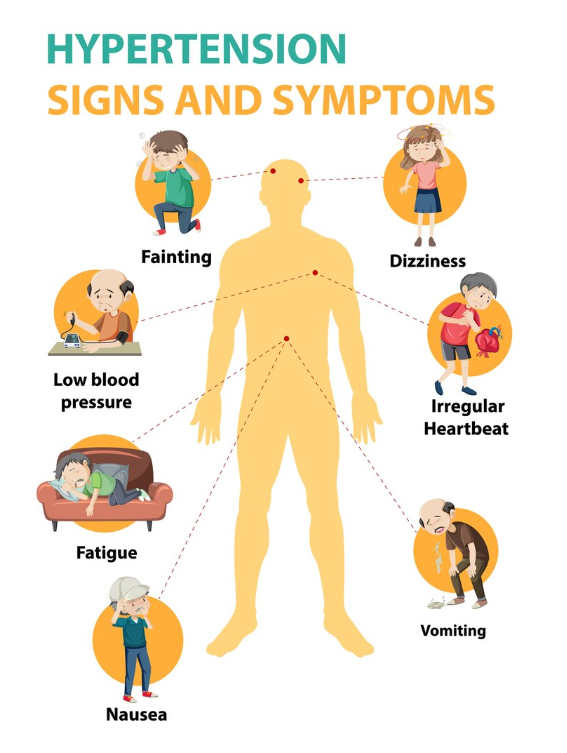
Signs and Symptoms of Hepatitis C Infection
Introduction: Hepatitis C is often called a silent epidemic because it can lurk in the body without showing any symptoms for years. However, as the virus progresses, it can cause noticeable signs and symptoms. Let’s take a closer look at what to watch out for.
Signs and Symptoms of Hepatitis C Infection
- Fatigue: Feeling unusually tired or lacking energy is a common symptom of Hepatitis C. This fatigue can be persistent and may not improve with rest.
- Jaundice: Jaundice occurs when the liver is unable to process bilirubin, leading to a yellowing of the skin and eyes. This can be one of the visible signs of liver damage caused by Hepatitis C.
- Abdominal Pain: Some people with Hepatitis C may experience discomfort or pain in the abdominal area, particularly in the upper right quadrant where the liver is located.
- Nausea and Vomiting: Hepatitis C can affect the digestive system, leading to symptoms like nausea and vomiting, especially after eating.
- Loss of Appetite: A reduced appetite or aversion to food is another common symptom of Hepatitis C. This can contribute to weight loss and nutritional deficiencies over time.
- Dark Urine: Changes in urine color, particularly urine that appears dark or tea-colored, can indicate liver problems associated with Hepatitis C.
- Pale Stools: Stools that are lighter in color than usual or appear clay-like can be a sign of liver dysfunction caused by Hepatitis C.
It’s important to note that not everyone with Hepatitis C will experience these symptoms, and some people may have mild or nonspecific symptoms that are easily overlooked.
Conclusion
Recognizing the signs and symptoms of Hepatitis C is crucial for early detection and treatment. If you experience any of these symptoms, especially if you think you may have been exposed to the virus, it’s essential to consult a healthcare professional for testing and evaluation.
To seek medical advice, always consult a Doctor. Here are our recommended experts. Click here
To read more on Respiratory disease . Click Here


